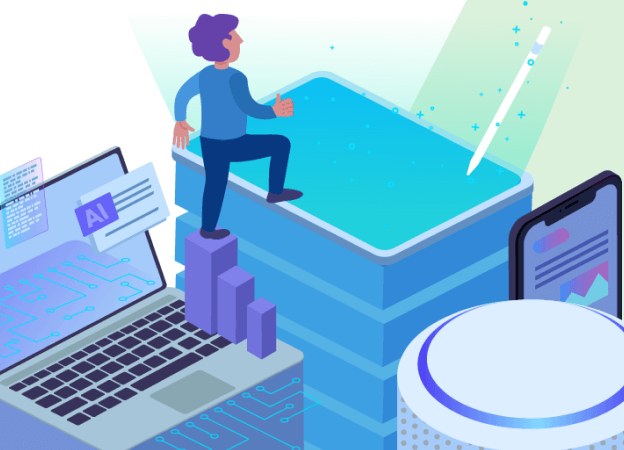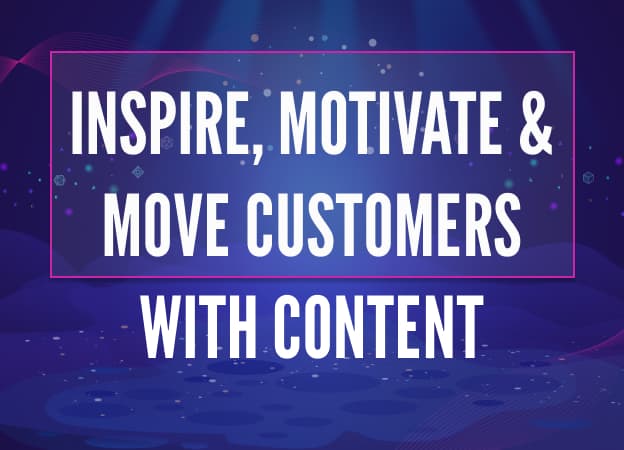By Alan J. Porter, Director of Content Intelligence Strategy at [A]
“A satisfied customer is a happy customer.” That’s a well-worn saying — one that carries a degree of truth.
But how do you know whether your customers are truly satisfied?
Measuring something as emotional as an experience can be as much of an art as it is a science.
Why Do People Do What They Do?
Sure, we have tools and metrics, including surveys and Net Promoter Scores or the number of likes or followers we accumulate, as well as behavioral analytics, like time-on-page and click-through and abandonment rates. And we use those to try and determine satisfaction levels. But in truth, they are just indicators of what some people do, not why they do it.
Are you measuring based on what you believe your customers want as opposed to what they actually need?
Customers don’t come to our websites or digital platforms actively seeking out our latest marketing messages. They come because they have things they need to do. Those things can range from making a purchase to setting up an account, changing account information or paying bills. Therefore, efforts to measure the success of a customer experience must be based primarily on how easy it is to accomplish those tasks, with less of an emphasis on how often users click your “call to action” buttons.
One area where there is a long history of helping customers get stuff done has been the customer support call center. In recent months, I’ve heard many companies talk about a customer experience success metric as being the number of calls that get “deflected” from the support center to a self-help portal on the website. That isn’t a measure of customer experience success; that’s just a measure of a change in process. If you don’t have the right content on the self-help portal, and if that content isn’t easily accessible and navigable, then you are potentially delivering a worse experience when you send people to the self-help portal.
I’ll be honest, the use of the word “deflected” makes me shudder because it implies (at least to me) that the company is actively avoiding engaging with its customers.
Customers Want Answers
This is especially worrying when research shows that what most customers want when they engage with a company are answers to questions. For instance, Search Engine Journal recently showed that the top five content types that customers look for on a website could be summarized as follows:
- Answers to the five W’s (who, what, when, where and why).
- How-to guides or instructions.
- Definitions (especially of complex terms).
- Product comparisons.
- Prices and cost breakdowns.
That research confirms that customers want answers easily supplied from across the organization. It’s no longer true (if it ever really was) that it is marketing’s job to supply one type of information and customer support’s job to provide another.
In the B2B environment, there is strong evidence that there is an increasing trend for this cross-functional convergence of content being driven by customer experience needs. A leading software company reports that over three-quarters of the visitors to its main websites want to look at technical content about the use and implementation of its products. Therefore, the metrics for what was traditionally seen as a support function are now included in the overall customer experience reporting.
Take a Holistic Approach
Are you measuring in isolation as opposed to holistically?
In general, the metrics used for measuring customer experience still tend to be the indicators of success (or failure) for individual operational departments or groups. Rarely, if ever, are they looked at in a holistic way to provide an overall measurement of customer satisfaction. It’s possible that you could be scoring highly in specific categories but are still delivering a poor overall customer experience because the journey is disconnected.
By looking at customer-related metrics as part of an overall ecosystem and not as separate performance indicators, you can develop a clearer picture of a customer’s overall journey and his or her life cycle value.



